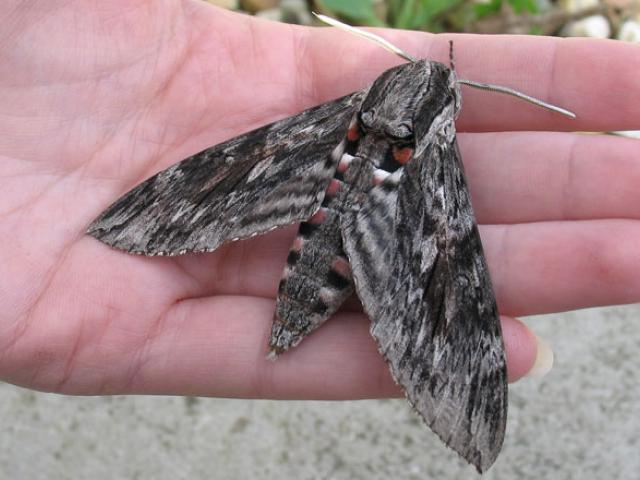A marvellously exotic butterfly, the Camberwell Beauty, could invade the East Coast of England in the next few weeks.
Just a handful of these butterflies are spotted in the UK each year but if stable high pressure systems across the North Sea prevail, more of these powerful fliers will be able to make the journey from Scandinavia.
The Met Office has declared the summer of 2018 as joint hottest on record – equal to the heatwave experienced in 1976. Although we didn’t experience as many consecutively hot days this year, temperatures from 1 June to 30 August were comparable. The long-range forecast suggests we should expect more warm days well into October.
When the sizzling summer of 1976 drew to a close Buddleia bushes in East Anglia played host to hundreds of Camberwell Beauties. With the mild conditions set to continue into autumn, butterfly enthusiasts are hoping to see a repeat performance this year. The unmistakable plum-coloured wings of this large butterfly feature a row of blue spots above the distinctive cream border which runs the entire length of both wing edges. If you are lucky enough to catch a glimpse of this stunning species you will have no trouble with identification.

As dusk creeps slowly forward the still, mild, evenings of early autumn set the scene for some spectacular moths. Southerly winds sweep migrant species across the Channel and these nectar-seeking European visitors often head straight for our gardens.
The Convolvulus Hawk-moth, with a wingspan of 120mm – the same size as some bats, could fill the palm of your hand – making it the second biggest moth species found in the UK. The moth’s vivid pink and black striped body is obvious to spot even at twilight. The moth has a particularly long proboscis which allows them to feed easily from trumpet-shaped flowers. If your garden boasts tobacco plant Nicotiana, lillies or phlox it is worth taking an evening patrol round your flowerbeds.
The even larger Death’s Head Hawk-moth is a much scarcer sight but reports of this skull-adorned species have come in from Kent, Carmarthenshire and The Isles of Scilly in recent weeks. Bee hives are its favoured haunt, where the moth sneaks past the resident colony to feed on their honey. The Death’s Head is attracted to light and has occasionally been discovered in moth traps. Female adults have also been spotted egg-laying on Potato plants. Sadly once hatched, although the caterpillars of this species pupate, they are unable to survive a UK winter.
More migrant moths to watch out for this month include the Vestal, Dark Sword-grass, Pearly Underwing, Clancy's Rustic, Small Mottled Willow and Scarce-bordered Straw.
Many species are still on-the-wing in September so don’t stop looking out for Lepidoptera. Keep your eyes peeled for unusual species and don’t forget to report your sightings to your local county moth recorder or via the iRecord Butterflies app.
By Catrin Hollingum


